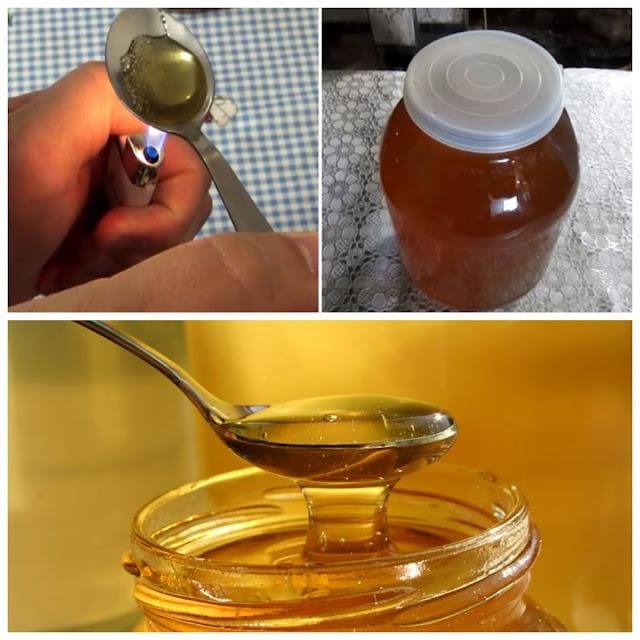With the challenge of distinguishing between real and adulterated honey, many of us might unknowingly purchase fake honey. To reap the full health benefits of honey, it’s crucial to ensure its purity before buying. Fortunately, there are several easy home tests to determine the authenticity of honey. Let’s explore these methods to help you identify genuine honey.
Identifying Authentic Honey
Start with a basic yet essential step: always read the label on the honey jar. Manufacturers are required to list any additives or preservatives. Pure honey should not contain artificial substances or added flavors.
Home Tests for Honey Purity: Pure honey possesses unique densities and properties, and its purity can be assessed through various simple tests:
Thumb Test: Dab a small amount of honey on your thumb. Pure honey should stay intact and not spread or drip quickly. If it does, it’s likely adulterated.
Water Test: Fill a glass with water and add a bit of honey. Artificial honey dissolves quickly, whereas pure honey sinks and remains intact at the bottom.
Flame Test: Pure honey has the surprising ability to catch fire. Dip a matchstick in honey and strike it. If it lights easily and burns, the honey is pure. Fake honey, often diluted with moisture, will prevent the match from igniting.
Vinegar Test: Combine honey, water, and a few drops of vinegar. If the mixture foams, it suggests the presence of impurities.
Paper Test: Drop honey on blotting paper or a paper towel. Pure honey should not leave a wet mark or be absorbed quickly.
Ant Test: While not scientifically robust, this test suggests that ants are attracted to impure honey due to higher sugar content. However, this method is less reliable as ants may be attracted to both pure and adulterated honey.
Identifying 100% Pure Honey: For the full health benefits, it’s essential to use pure honey. Due to high demand, some producers may sell honey adulterated with substances like starch, glucose, dextrose, molasses, sugar syrup, corn syrup, etc. These tests can help you make an informed decision and ensure you’re purchasing genuine honey.
Remember, these home tests are guidelines and may not be foolproof. When in doubt, purchasing honey from reputable sources or local beekeepers can also ensure quality and purity.

